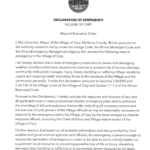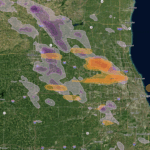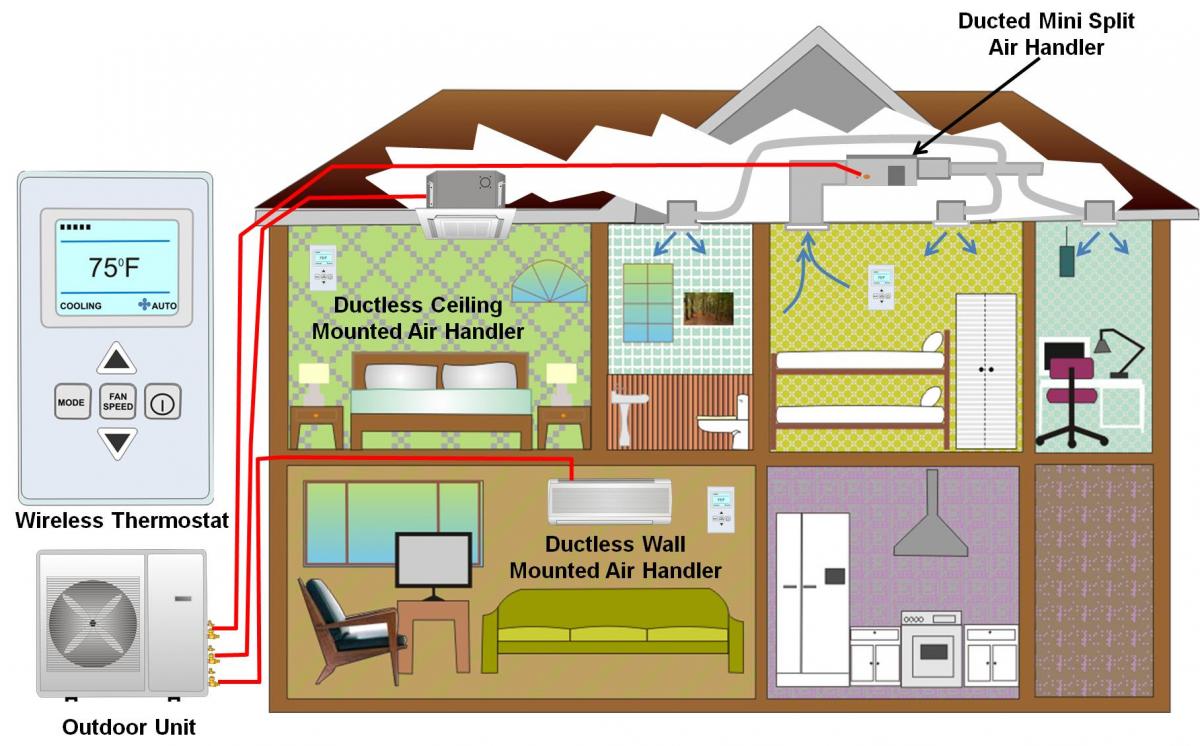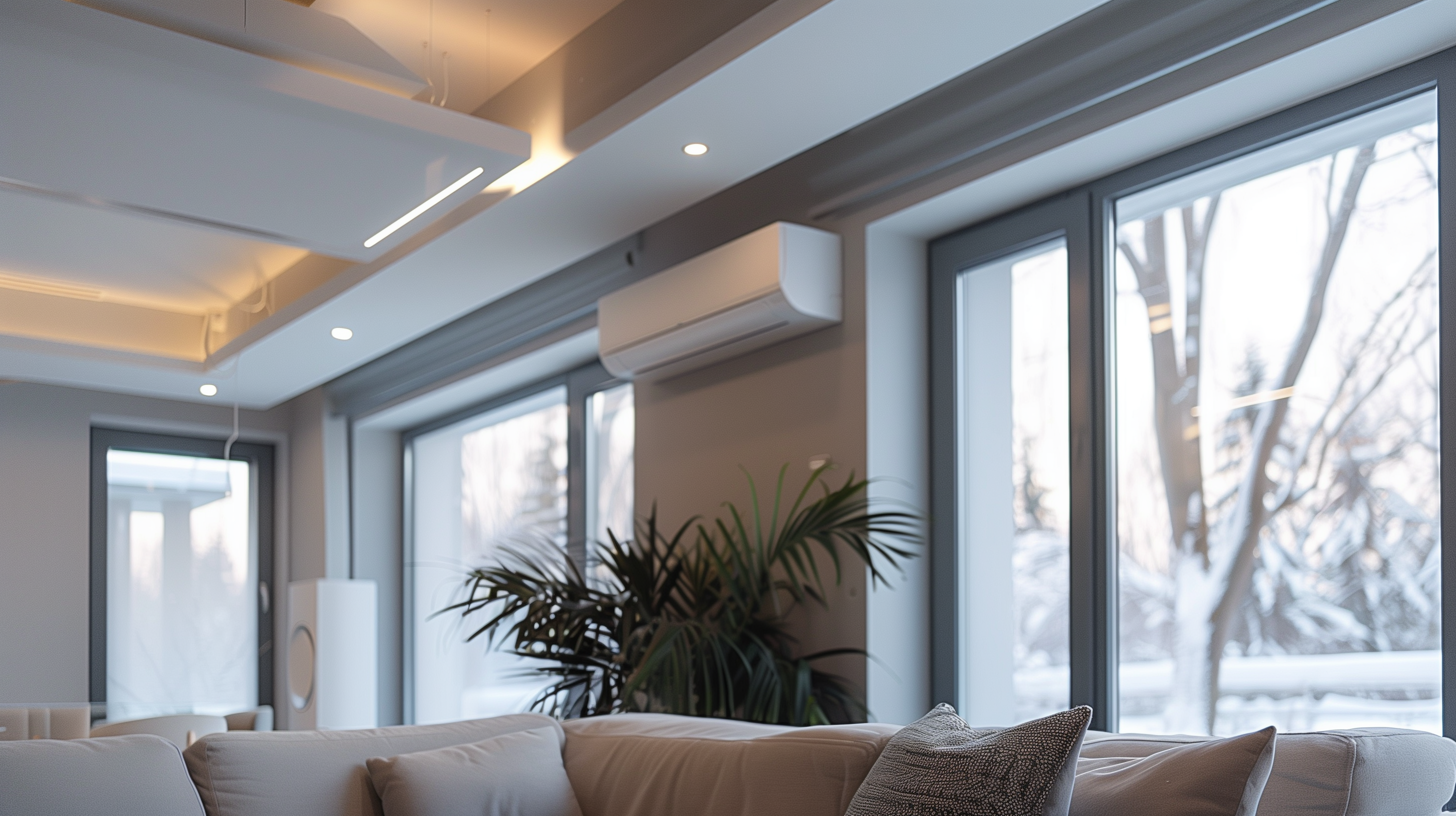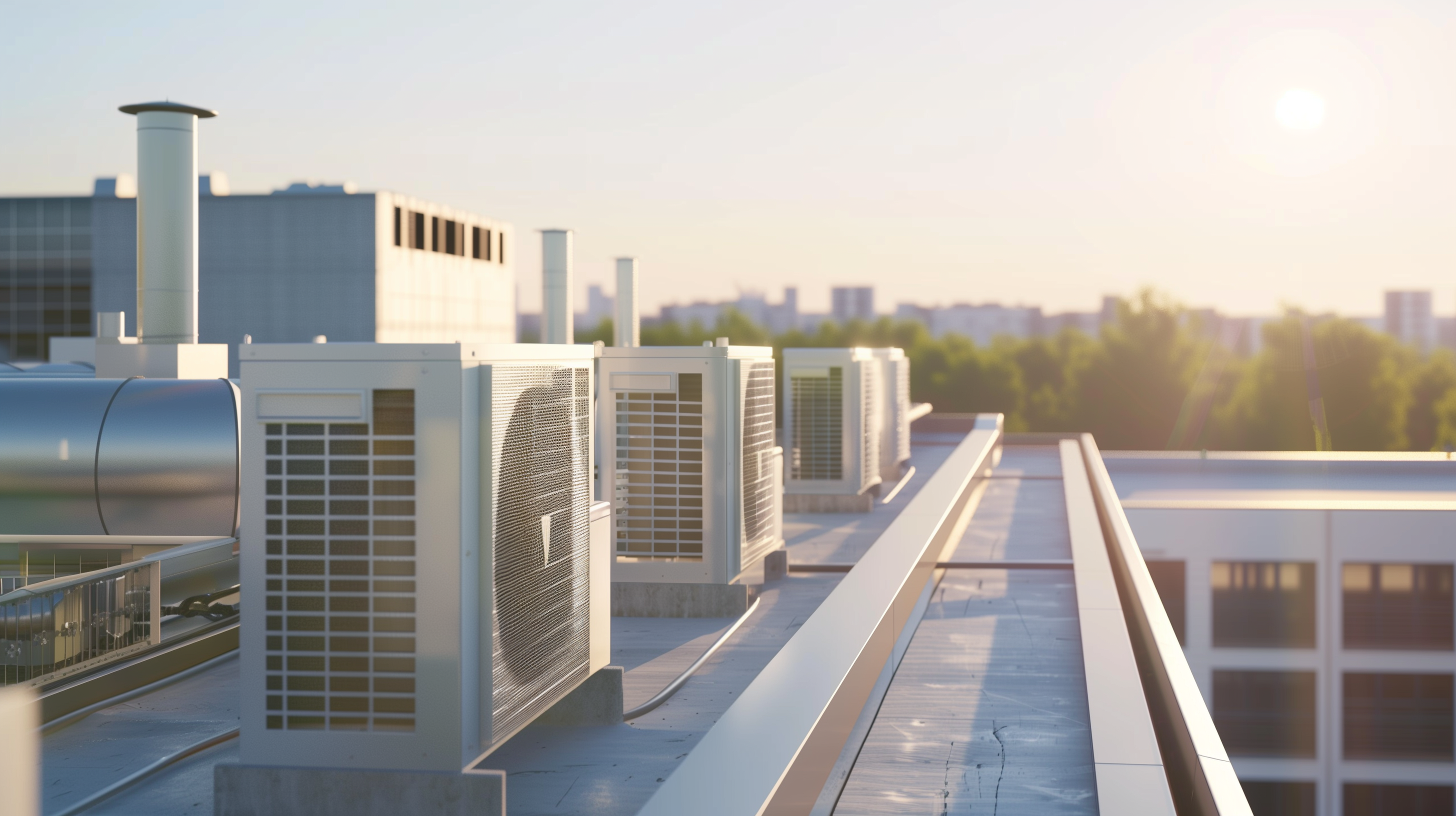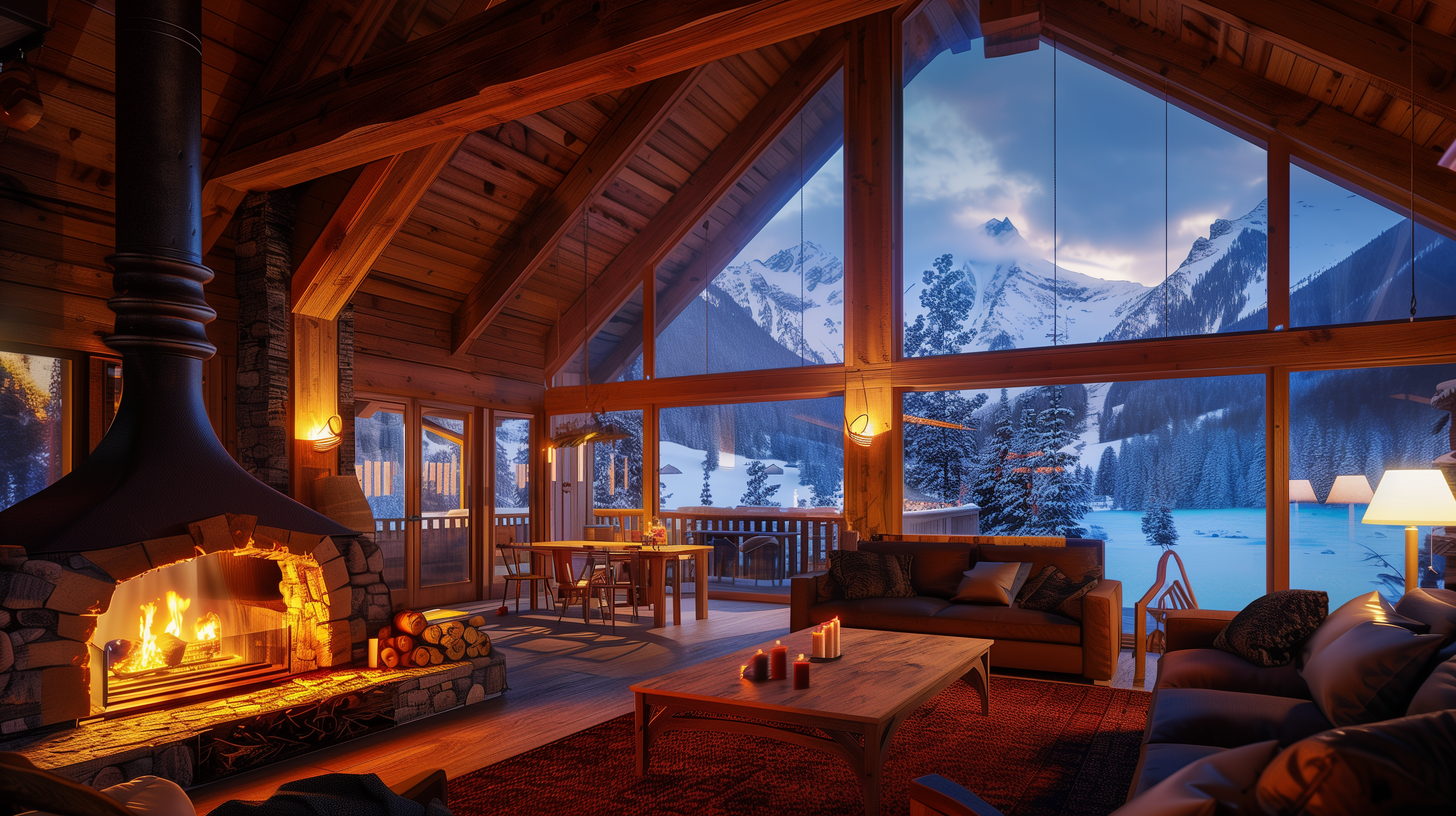Scope:
Install a ductless (Mini-Split) heat pump to provide heating and cooling to a single room or an entire home.
- Determine if a ductless system is suitable based on factors like space availability, area to be conditioned, zoning needs, ventilation, efficiency, heating capacity, dehumidification, filtration, and noise.
- Perform ACCA Manual J load calculations to determine heating and cooling requirements for the space(s).
- Decide on the number, type, and location of indoor units (heads).
- Determine the number and location of outdoor units.
- Use ACCA Manual S methods to select a system with matched indoor and outdoor units.
- Assess the electrical system and make necessary upgrades to support the heat pump and auxiliary electric heating.
- Install the system, including indoor and outdoor units, refrigeration lines, condensate piping, electrical wiring, and thermostat control.
- Commission the system to ensure proper operation.
Description:
- Ductless heat pumps are efficient alternatives to traditional systems, with high heating and cooling efficiencies.
- They have been used in Asia, Europe, and the U.S., growing in popularity in residential and commercial buildings.
Ductless vs. Traditional Ducted Heat Pumps:
- Both provide heating, cooling, dehumidification, and air filtration.
- Ductless systems distribute air directly from indoor units, while ducted systems use ducts.
Air Distribution and Zoning:
- Ductless systems allow better zoning and reduced fan energy consumption.
- They offer flexibility in setting different temperatures for individual areas.
Duct Heat Loss:
- Ductless systems eliminate heating and cooling losses through ductwork, unlike ducted systems.
General Performance Trends:
- Ductless systems tend to have higher efficiencies and can provide reliable heating in cold climates.
Air Filtration:
- Ductless systems may have washable mesh filters with low particulate capture efficiency.
- Separate air cleaners can be used for better filtration.
Variable Speed Compressors:
- Ductless systems often have variable-speed compressors for better efficiency and temperature control.
Humidity Control:
- Ductless systems may provide poorer dehumidification; additional dehumidification systems may be needed.
Thermal Comfort:
- Ductless systems may sense room temperature differently, which can affect comfort.
- Some models offer thermostats to address temperature sensing issues.
Electrical Considerations:
- Some ductless heat pumps can be installed on existing 15A/20A 120V circuits.
Fire Safety:
- Ductless heat pumps can reduce fire spread in homes compared to ducted systems.
Maintenance:
- Ductless systems often require cleaning every 1 to 3 years, depending on usage and conditions.
- Regular filter maintenance is recommended.
Ductless System Configurations:
- Single-zone mini-split systems consist of one outdoor unit and one indoor unit.
- Multi-split systems connect multiple indoor units to a single outdoor unit, allowing different temperatures in different zones.
Sizing and Selecting a Ductless Heat Pump:
- Calculate heating and cooling loads using ACCA Manual J.
- Properly size equipment following ACCA Manual S guidelines.
- Consider alternative sizing methods for heating in cold climates.
Ensuring Success
The performance of any heat pump system depends heavily upon proper sizing and quality installation. It can be tempting to skip the step of performing heating and cooling load calculations using ACCA Manual J, especially for a system replacement where you know the size of the existing equipment. It is vital that this step be performed for every job, however, to protect the homeowner from paying more than is necessary, to enable a properly performing system, and to protect the contractor from liability.
Quality installation is arguably much more important than the make and model of the selected equipment when it comes to system performance, efficiency, and longevity. Proper refrigerant charge, secure connections, and overall quality work have long-term financial, environmental, and comfort implications.
Climate
For ENERGY STAR and DOE Zero Energy Ready Home climate-specific guidance, see the Compliance tab.
In humid climates, consider adding a dehumidifier for indoor humidity control, especially in the milder parts of the cooling season. In Figure 1 and Figure 2 below, locations in Moisture Region “A” have typically humid climates. Many ductless heat pumps provide poor dehumidification, particularly those optimized for high cooling efficiency ratings or for cold climate operation. The sensible heat ratio (SHR) of a unit provides a good indication of its dehumidification capability. A lower SHR translates to better dehumidification. If a unit with a high SHR is selected, consider installing a whole-house dehumidifier or room dehumidifiers in key locations. See the “Whole-House Dehumidification” guide for more information.
In humid climates, set the time-delay relay on the heat pump indoor unit fan to 30 seconds or less to prevent moisture on the evaporator coil from evaporating back into the air stream and contributing to indoor humidity. Some heat pump models have a “dry mode” where operation is optimized for dehumidification rather than efficient cooling. Utilizing this mode could be part of a home’s dehumidification strategy.
Considerations for Cold-Climate Applications
Some ductless (Mini-Split) heat pumps are appropriate for heating without a backup source in very cold conditions. When designing and selecting heat pumps for heating in climate zones 4 or higher, consider the following recommendations:
- When selecting equipment, review manufacturer data and examine capacities and efficiencies at low temperatures. See NEEP recommendations for cold-climate heat pumps.
- Install outdoor units well above snow height – stands can be used, as well as wall mounts. Be aware of potential vibration issues if the unit is attached to a wall.
- Do not install outdoor units where water or melting snow or ice will fall on the unit. If located in such places, protect heat pumps with a cover of some sort. For instance, the location should be under the gable end of the roof, as opposed to under an eave end (snow can slide off an eave and land on the unit)
- Avoid installing the outdoor unit near a walkway to avoid slippery conditions from water produced by the unit.
- Think about which spaces need heating or cooling in winter and summer. Since hot air rises, it is possible that some homes may be heated sufficiently from the first floor in the winter. In the summer, the hottest part of a house may be the upper floors. The house may be cooled sufficiently from the upper floors. Both strategies require a fairly open connection between floors.
- Indoor fan coils mounted near the ceiling will draw warmer return air from the space. While this is desirable during the cooling season, it is an efficiency liability during the heating season. Ductless fan coils may need to be mounted high so as not to obstruct movement within a home, but for heating performance, lower installations are better.
- In general, heat pumps are most efficient when indoor fan speed is set to “auto.” If fan speed is manually set to one particular speed, capacity and efficiency may be reduced.
Compliance
ENERGY STAR Single-Family New Homes, Version 3/3.1/3.2
The ENERGY STAR Reference Design Home is the set of efficiency features modeled to determine the ENERGY STAR ERI (energy rating index) Target for each home pursuing certification. Therefore, while the features below are not mandatory, if they are not used then other measures will be needed to achieve the ENERGY STAR ERI Target. In addition, note that the Mandatory Requirements for All Certified Homes, Exhibit 2 (see list below), contain additional requirements such as total duct leakage limits, minimum allowed insulation levels, and minimum allowed fenestration performance. Therefore, EPA recommends that partners review the documents in Exhibit 2 prior to selecting measures.
Please note that the Reference Design Home HVAC efficiencies differ depending on version. Please see the ENERGY STAR Single-Family New Homes Implementation Timeline for the program version and revision currently applicable in your state.
DOE Zero Energy Ready Home Version 1
Exhibit 1 Mandatory Requirements. Exhibit 1, Item 1) Certified under the ENERGY STAR Qualified Homes Program or the ENERGY STAR Multifamily New Construction Program.
Exhibit 2 DOE Zero Energy Ready Home Target Home. The U.S. Department of Energy’s Zero Energy Ready Home program allows builders to choose a prescriptive or performance path. The DOE Zero Energy Ready Home prescriptive path requires builders to meet or exceed the minimum HVAC efficiencies listed in Exhibit 2 of the National Program Requirements (Rev 07), as shown below. The DOE Zero Energy Ready Home performance path allows builders to select a custom combination of measures for each home that is equivalent in performance to the minimum HERS (Home Energy Rating System) index of a modeled target home that meets the requirements of Exhibit 2 as well as the mandatory requirements of Zero Energy Ready Home Exhibit 1.
DOE Zero Energy Ready Home Version 2
Exhibit 1 Mandatory Requirements. Exhibit 1, Item 2) Certified under the ENERGY STAR Single Family New Homes Version 3.2.
Exhibit 2 DOE Zero Energy Ready Home Target Home. The DOE Zero Energy Ready Home performance path allows builders to select a custom combination of measures for each home that is equivalent in performance to the minimum HERS (Home Energy Rating System) index of a modeled target home that meets the requirements of Exhibit 2 as well as the mandatory requirements of Zero Energy Ready Home Exhibit 1.
2009 International Energy Conservation Code (IECC)
403.1 Each heating and cooling system should have its own thermostat. If the primary heating system is a forced-air furnace at least one thermostat must be programmable and capable of controlling the heating and cooling system on a schedule to maintain different temperatures at different times of the day.
403.6 Heating and cooling equipment sizing shall be in accordance with Section M1401.3 of the 2009 International Residential Code.
2012, 2015, 2018, and 2021 International Energy Conservation Code (IECC)
R403.1 (R403.1.1 in 2015, 2018, and 2021 IECC) Each heating and cooling system should have its own thermostat. If the primary heating system is a forced-air furnace, at least one thermostat must be programmable and capable of controlling the heating and cooling system on
This comprehensive guide should help you understand the key considerations for installing ductless (Mini-Split) heat pumps.
For immediate service or consultation, you may contact us at Allied Emergency Services, INC.
Contact Information:
- Phone: 1-800-792-0212
- Email: Info@AlliedEmergencyServices.com
- Location: Serving Illinois, Wisconsin, and Indiana with a focus on the greater Chicago area.
If you require immediate assistance or have specific questions, our human support is readily available to help you.
Disclaimer: This article is intended for informational purposes only. For professional advice, consult experts in the field.
